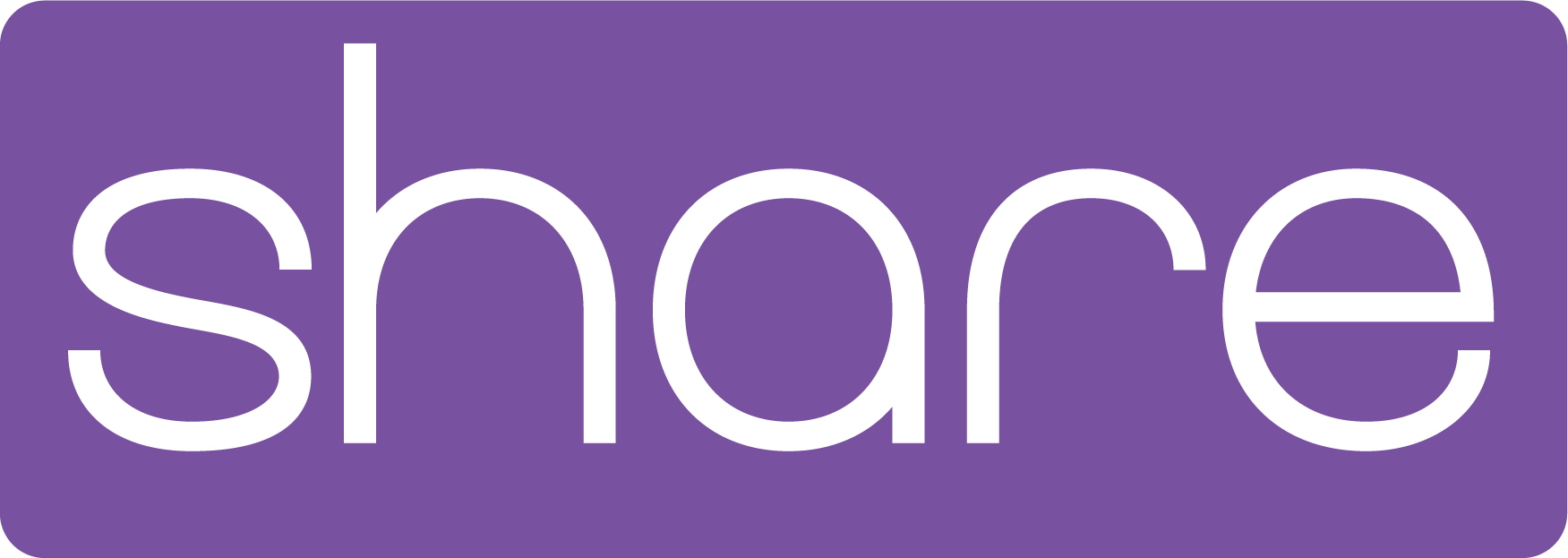Returning your Annual Assurance Statement

As most will be aware, the deadline for all Registered Social Landlords (RSLs) to submit their Annual Assurance Statement (AAS) is coming up in October.
The AAS is a formal declaration by RSL governing bodies, affirming their regulatory compliance, and has become one of the keystones of the governance framework for housing associations and co-operatives. It comprises the Scottish Housing Regulator’s (SHR) regulatory requirements, their legal obligations on housing and homelessness services, equalities and human rights and tenant and resident safety. Most organisations submit a one-page summary outlining their compliance and any areas where they need to make improvements to ensure compliance although the SHR is not prescriptive. Such a short summary however belies the huge amount of work that goes into providing assurance to governing bodies.
It is important that the whole governing body understands their responsibilities and is part of the process of understanding how their organisation is compliant and the kinds of evidence that proves this.
The process was introduced in April 2019 with the update of the regulatory framework, and the first AAS having to be lodged by the 31st of October 2019, but the challenge is keeping the governing body engaged and part of the process. The regulatory framework has since been updated but only minimally.
So, what do you do to engage your governing body around this? Do you have separate meetings on this topic, does this just form part of your regular Committee/Board meetings where you point out if something is part of the AAS? There is no right or wrong way to approach the issue, and each organisation will do so in a slightly different way - it is just what works for your organisation. There are a number of useful tools and guides available to RSLs, which outlines what the governing body need to be looking for. Finding the balance in giving the committee or Board enough information to assure them without overwhelming them is probably one of the harder tasks.
Once the SHR receives the AAS they will then issue a “regulatory status”, alongside an engagement plan. Depending on the outcome of this, the SHR might want to monitor areas of non-compliance by getting updates from your organisation, and should things change during the year, then the SHR needs to be informed and suggests this is done through notifiable events, the use of which they have issued guidance on.
We all understand the necessity for the AAS, but our expectations of governing body members have changed significantly over the years and their available time as a volunteer probably hasn’t.
Making sure that they know what they are expected to be looking for in this process and making the information as accessible as possible goes a long way to making the exercise easier for everyone.
Coming up in September, Share offers the Returning your Assurance Statement course which covers the four areas of compliance that governing body members should be assured of, how different organisations approach assurance, and how to track action plans and report on areas of non-compliance. It’s the perfect course for those that are new to a governing body, or someone looking for a refresher as the deadline approaches.









